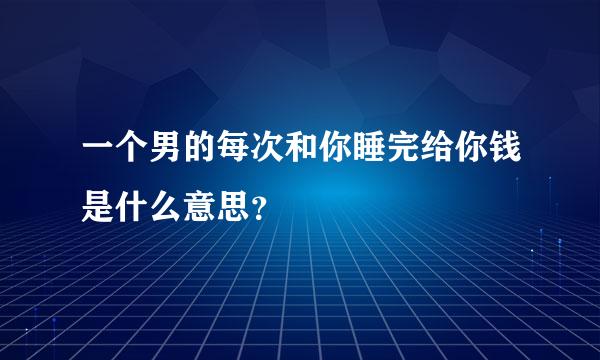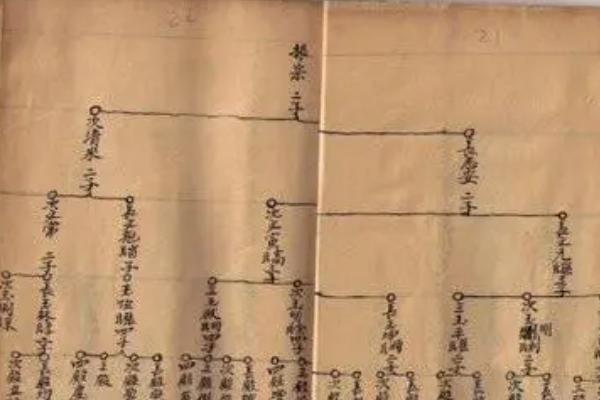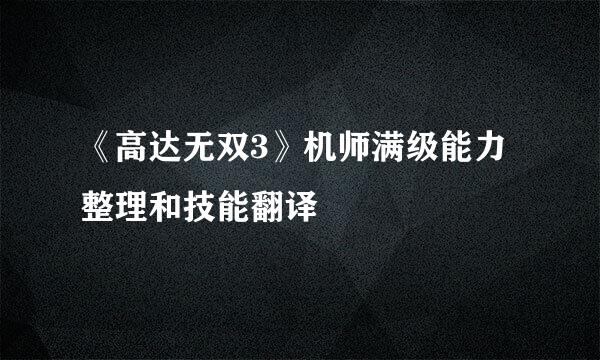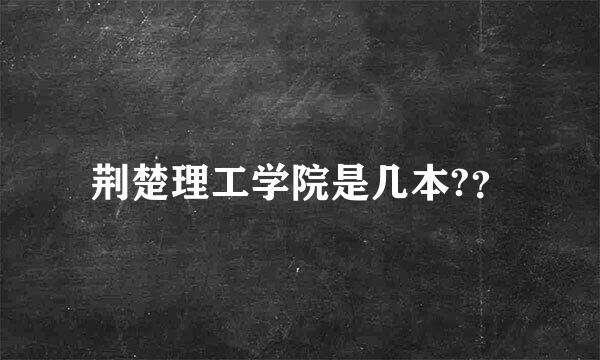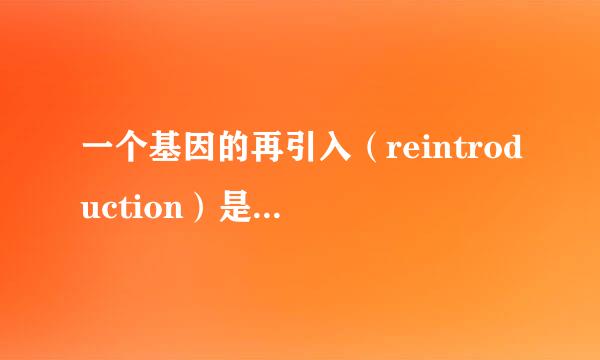
这是发表在Nature上的肆戚毕一篇文章《The common biology of cancer and ageing》中的话,原裂芹文是这样的——“Most adult cells have limiting amounts of telomerase that are not sufficient to prevent telomere loss, resulting in the shortening of telomeres with age[53]. As telomeres are essential for chromosomal stability, this progressive telomere loss was proposed to be at the basis of cellular senescence and ageing in the ‘telomere hypothesis’[53]. Indeed, telomere length has been shown to predict the replicative capacity of human cells and the appearance of certain age-associated pathologies in humans[54,55]. The final demonstration that telomere shortening was one of the causes of cellular senescence came from the observation that re-introduction of the TERT telomerase gene was sufficient to bypass replicative senescence and to confer immortal growth on a number of human primary cell lines[56]. Furthermore, the generation and characterization of the telomerase knockout mouse model has been instrumental in demonstrating that short telomeres result in multiple organismal defects caused by defective tissue regeneration[57–59]. In particular, telomerase-deficient mice with short telomeres show reduced function of various stem cell compartments including those in the bone marrow and skin[58,60]. Interestingly, patients who have inherited or acquired genetic defects that limit telomere maintenance seem to be at substantially increased risk of a range of conditions including aplastic anaemia61, idiopathic pulmonary fibrosis[62,63] and the rarer dyskeratosis congenita syndrome[64]”.你所提供的语句在文中参考文献是56,仔慧也就是1998年发表在Science上的一篇文章《Extension of Life-Span by Introduction of Telomerase into Normal Human Cells》,这里附上文章摘要:“Normal human cells undergo a finite number of cell divisions and ultimately enter a nondividing state called replicative senescence. It has been proposed that telomere shortening is the molecular clock that triggers senescence. To test this hypothesis, two telomerase-negative normal human cell types, retinal pigment epithelial cells and foreskin fibroblasts, were transfected with vectors encoding the human telomerase catalytic subunit. In contrast to telomerase-negative control clones, which exhibited telomere shortening and senescence, telomerase-expressing clones had elongated telomeres, divided vigorously, and showed reduced staining for -galactosidase, a biomarker for senescence. Notably, the telomerase-expressing clones have a normal karyotype and have already exceeded their normal life-span by at least 20 doublings, thus establishing a causal relationship between telomere shortening and in vitro cellular senescence. The ability to maintain normal human cells in a phenotypically youthful state could have important applications in research and medicine”,从中我们可以看出作者研究的对象是不含端粒酶的两个正常人细胞型,通过向这两个细胞型引入含有端粒酶编码基因的表达载体补足了端粒酶缺失导致的端粒缩短等现象也就说明了端粒酶的存在对于细胞的正常生长及传代是必须的。如果你需要相应参照文献可以与jingboduan@gmail.com联系。
标签:reintroduction,基因,引入







